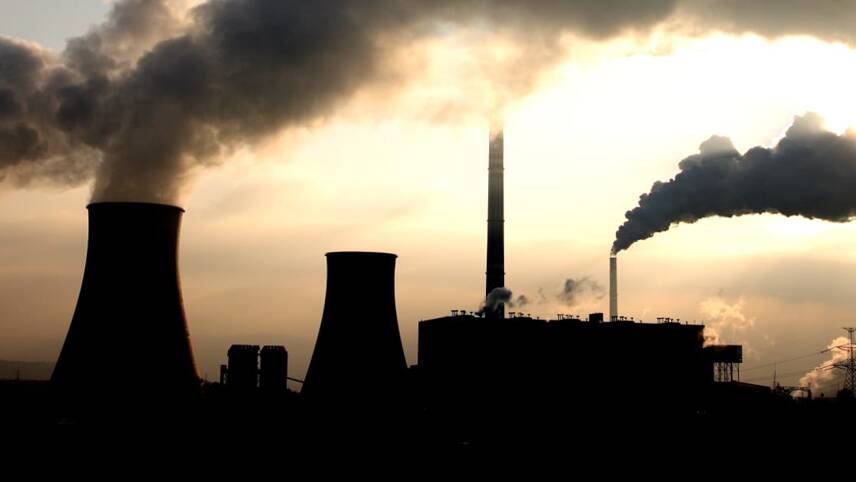Member only content free until 27/05/2024
To continue reading this article and enjoying free access to all Utility Week’s content up to the 27/05/2024 Register today!
Ready to become a member?

Drax has brought an end to nearly half a century of coal generation at its namesake power station in North Yorkshire.
Alongside Ferrybridge C and Eggborough, Drax was one of three large coal-fired power stations built in the Aire Valley following the discovery of the Selby coalfield.
The facility on the River Ouse was built in two phases, each comprising three 660MW generating units.
Construction began in 1967 and the first unit began generating power in 1974. The power station was officially opened in 1975 following the completion of the first phase.
The second phase of the plant was commissioned in 1986, bringing its total generating capacity to almost 4GW and making it the largest coal-fired power station in Western Europe.
Between 2013 and 2018, four of the units were converted to run entirely on biomass. Drax is planning to fit two of the biomass units with carbon capture and storage equipment, which it claims will enable them to generate “negative emissions”.
In 2021, the company abandoned plans to repurpose the steam turbines for the remaining coal units to create two combined-cycle gas turbine units with a total capacity of up to 3.6GW.
Commenting on the latest announcement, Drax Group chief executive Will Gardiner, said: “Ending the use of coal at Drax is a landmark moment in our efforts to become a world-leading carbon negative company.
“I’d like to thank the many hundreds of people, including our staff, suppliers, and local communities, for all the hard work it has taken to transform Drax Power Station into the UK’s biggest renewable power source by output.”
He continued: “By converting the plant to use sustainable biomass we have not only continued generating the secure power millions of homes and businesses rely on, but we have also played a significant role in enabling the UK’s power system to decarbonise faster than any other in the world.
“We’re now planning to go further by using bioenergy with carbon capture and storage (BECCS) to permanently remove millions of tonnes of carbon dioxide from the atmosphere each year, and we are engaged in discussions with the UK government to move this £2 billion project forward.”
Drax had planned to close the coal units six months ago at the end of September but at the request of the government delayed the closure to help alleviate concerns over the security of fuel supplies for gas generators.
Alongside two units at EDF’s West Burton A and one unit at Uniper’s Ratcliffe-on-Soar, the coal units at Drax were contracted by the electricity system operator (ESO) to remain available until the end of March as part of its winter contingency service.
The service was only utilised once on 7 March, when the two units at West Burton A supplied power to the grid during the evening peak in demand as Britain experience a cold snap. The ESO also instructed units to warm up on several occasions in December and January but later stood them down.
Last month, National Grid ESO revealed it had been instructed by the government to open negotiations with EDF and Drax to extend the contracts to cover next winter as well. However, both companies categorically ruled out extending the lives of the units further.
EDF confirmed it had ceased generating power at West Burton A at the beginning of April.
The end of coal generation at Drax leaves Ratcliffe-on-Soar as the last operational coal-fired power station in Great Britain. The coal unit that was contracted by the ESO to remain available as part of its winter contingency service will be operated commercially next winter after securing a contract in the latest year-ahead (T-1) Capacity Market auction in February.
Each autumn, the ESO publishes its Winter Outlook for electricity and gas supply margins over the season. Given concerns over the security of energy supplies, the ESO also issued an early view of supply margins last July and is expected to do the same again this year.




Please login or Register to leave a comment.